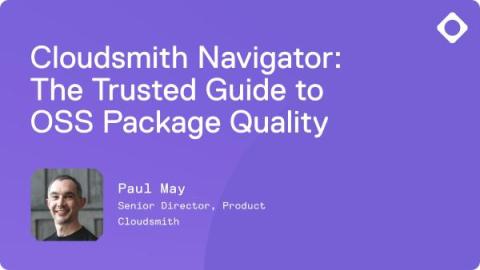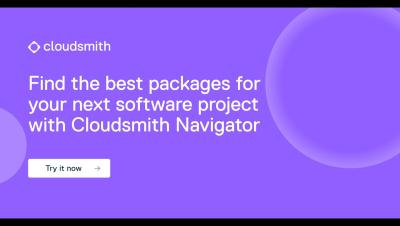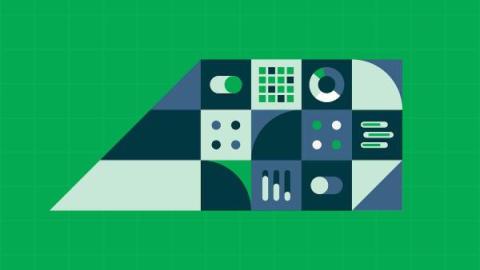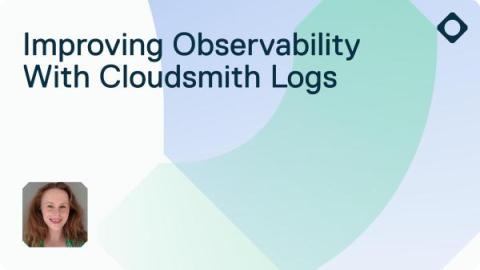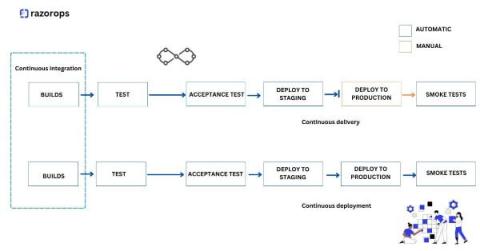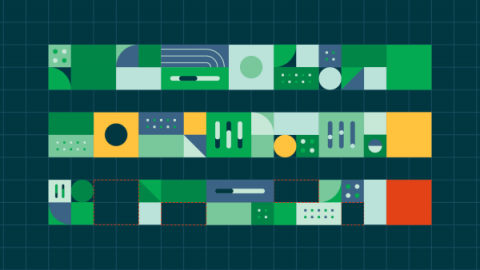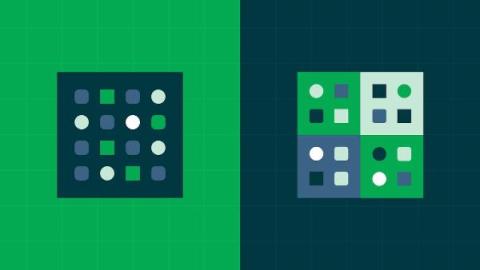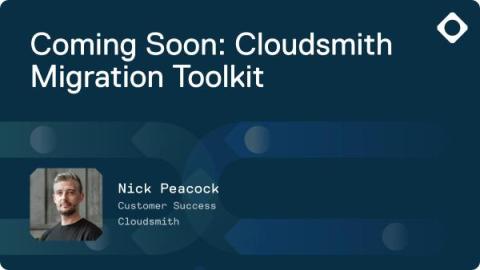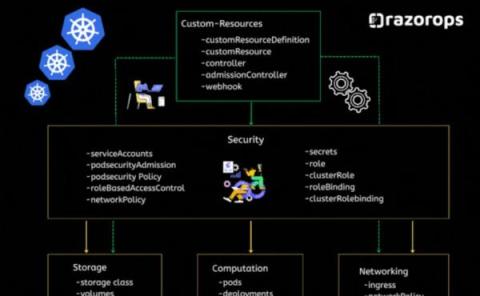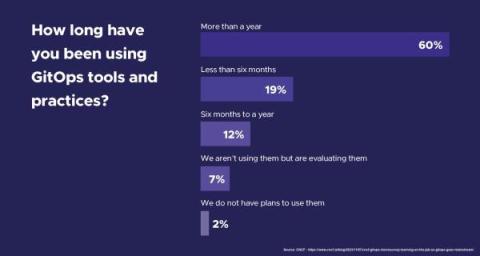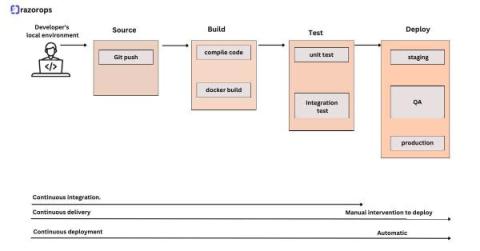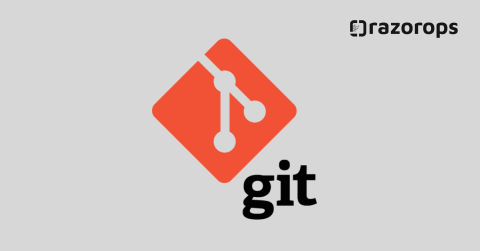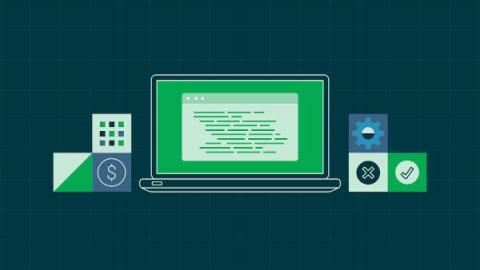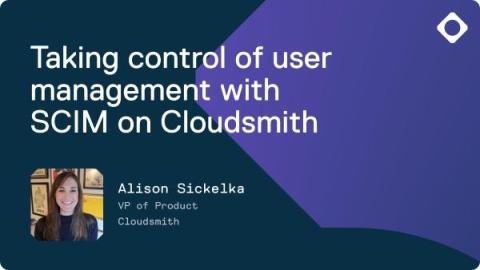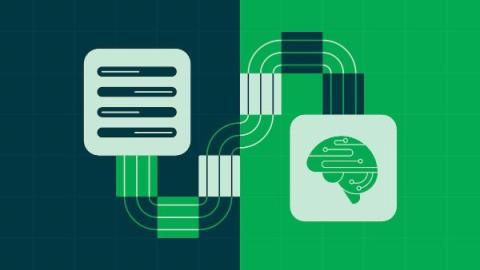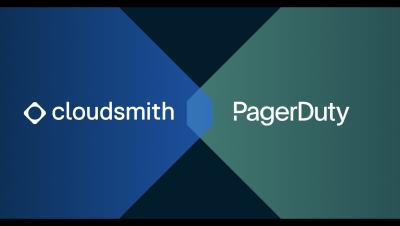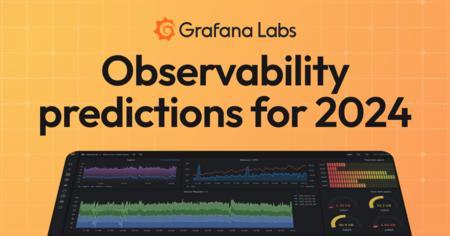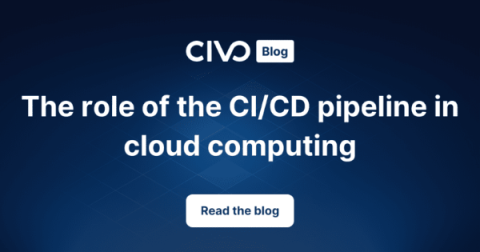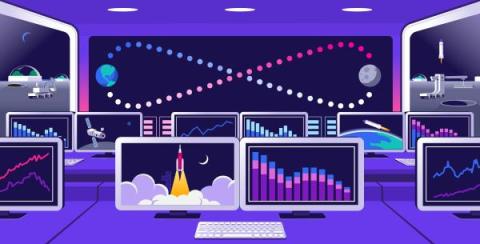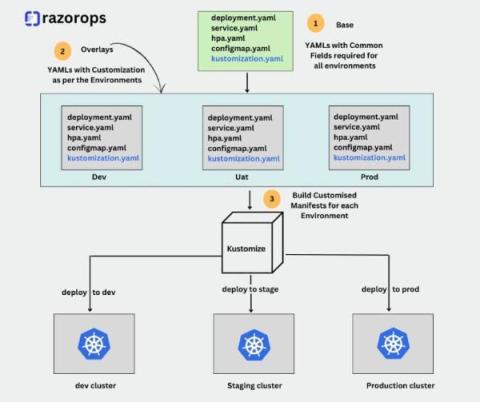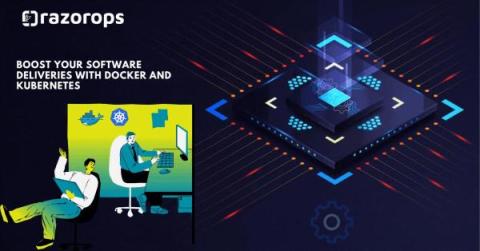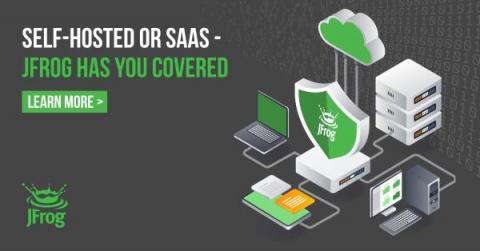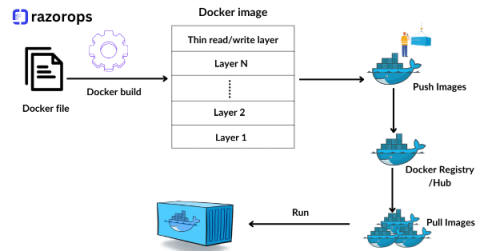Operations | Monitoring | ITSM | DevOps | Cloud
January 2024
Cloudsmith Navigator
The testing pyramid: Strategic software testing for Agile teams
Integrating AI and DevOps for Software Development Teams
Improving Observability With Cloudsmith Logs
What Is Continuous Delivery and How Does It Work?
LLM hallucinations: How to detect and prevent them with CI
What is microservices architecture?
How to make CI Pipelines better, explained by Solomon Hykes
Coming Soon: Cloudsmith Migration Toolkit
Conceptual Pillars Of Kubernetes
New CNCF Survey Highlights GitOps Adoption Trends - 91% of Respondents Are Already Onboard
Stages of a CI/CD Pipeline
What is Git ?
Test-driven development (TDD) explained
Take control of user management with Cloudsmith's new SCIM capabilities
Cloudsmith announces expanded support for System for Cross-domain Identity Management (SCIM) for user management and enhanced software supply chain security.
Introducing GitOps Versions: A Unified Way to Version Your Argo CD Applications
Last month, we announced our new GitOps Environment dashboard that finally allows you to promote Argo CD applications easily between different environments.
What's in store for AI in 2024 with Patrick Debois
Prompt engineering: A guide to improving LLM performance
Prompt engineering is the practice of crafting input queries or instructions to elicit more accurate and desirable outputs from large language models (LLMs). It is a crucial skill for working with artificial intelligence (AI) applications, helping developers achieve better results from language models. Prompt engineering involves strategically shaping input prompts, exploring the nuances of language, and experimenting with diverse prompts to fine-tune model output and address potential biases.
IoT Management with JFrog Connect (5-Minute Demo)
Cloudsmith x PagerDuty
Observability trends and predictions for 2024: CI/CD observability is in. Spiking costs are out.
From AI to OTel, 2023 was a transformative year for open source observability. While the advancements we made in open source observability will be a catalyst for our continued work in 2024, there is even more innovation on the horizon. We asked seven Grafanistas to share their predictions for which observability trends are on their “In” list for 2024. Here’s what they had to say.
The role of the CI/CD pipeline in cloud computing
The Continuous Integration/Continuous Deployment (CI/CD) pipeline has evolved as a cornerstone in the fast-evolving world of software development, particularly in the field of cloud computing. This blog aims to demystify how CI/CD, a set of practices that streamline software development, enhances the agility and efficiency of cloud computing.
Best practices for CI/CD monitoring
Modern-day engineering teams rely on continuous integration and continuous delivery (CI/CD) providers, such as GitHub Actions, GitLab, and Jenkins to build automated pipelines and testing tools that enable them to commit and deploy application code faster and more frequently.
What is Kustomize ?
In the dynamic realm of container orchestration, Kubernetes stands tall as the go-to platform for managing and deploying containerized applications. However, as the complexity of applications and infrastructure grows, so does the challenge of efficiently managing configuration files. Enter Kustomize, a powerful tool designed to simplify and streamline Kubernetes configuration management.
Boost Your Software Deliveries with Docker and Kubernetes
Software delivery are paramount. The ability to swiftly deploy, manage, and scale applications can make a significant difference in staying ahead in the competitive tech industry. Enter Docker and Kubernetes, two revolutionary technologies that have transformed the way we develop, deploy, and manage software.
Self-Hosted or SaaS, JFrog Has You Covered
Docker File Best Practices For DevOps Engineer
Containerization has become a cornerstone of modern software development and deployment. Docker, a leading containerization platform, has revolutionized the way applications are built, shipped, and deployed. As a DevOps engineer, mastering Docker and understanding best practices for Dockerfile creation is essential for efficient and scalable containerized workflows. Let’s delve into some crucial best practices to optimize your Dockerfiles.


